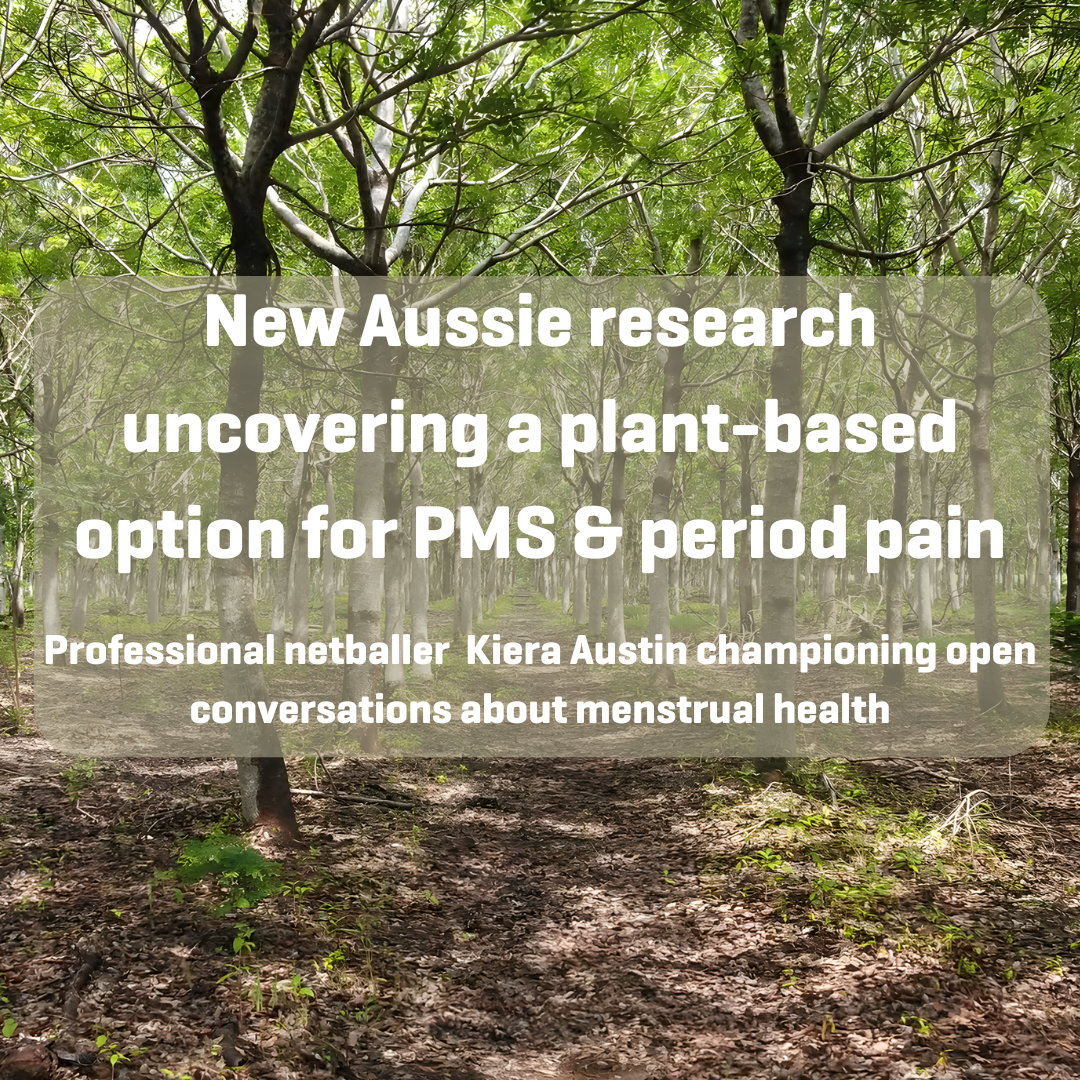New world-first research is urging consideration of the ‘vitamin D mushroom’ as a vital food source for addressing our adult population’s poor vitamin D intake.
The research reveals consuming around three sun-exposed, store-bought mushrooms, just four times a week, exceeds the vitamin D requirements of ALL Aussie adults.
I would like you to create a short video please featuring ALL of the images in our mushroom image gallery, starting with the mushroom timelapse vision, and to leverage it here.
Despite many mistakenly considering mushrooms a vegetable, mushrooms actually belong to the fungi kingdom, and offer a host of nutritional benefits, as both a natural and vegan vitamin D source.
An estimated 95 per cent of our adult Australian population has an inadequate vitamin D intake, which remarkably, is among the world’s lowest, noting 31 per cent of our adult population is vitamin D deficient.
Therefore, simply eating four (75g) serves of Button mushrooms each week, exposed to 15 minutes of direct sunlight, can support most Australian adults with meeting their vitamin D requirements, thereby negating the need for vitamin D supplements.
According to Australian Mushroom Growers Association (AMGA) CEO, Ms Leah Bramich, Sunshine Coast, the research demonstrates vitamin D mushrooms are perfectly placed to help address the one in three (31 per cent) Aussie adults who are vitamin D deficient, and the more than 95 per cent who have an inadequate vitamin D intake.
“It’s not surprising that the majority of Australians get insufficient vitamin D from their diet, because very few foods, apart from fish and eggs, naturally provide vitamin D.
“Importantly, the vitamin D content of the common, sun-exposed [A. bisporus] mushrooms is well above any other dietary source of vitamin D, including oily fish and eggs per serve ,” said Ms Bramich.
To learn more about the benefits of vitamin D mushrooms, watch Ms Bramich’s explanatory video below.
A lack of vitamin D increases a person’s susceptibility to infectious diseases, muscle weakness, multiple sclerosis, diabetes, hypertension, metabolic syndrome, cancers, autoimmune and cardiovascular diseases.
Sunlight is currently the main source of vitamin D for Australians, but this is influenced by seasonal variation. Although we have many opportunities for sun exposure in Australia, skin cancer risk, skin colour, clothing, and the length of time we spend indoors and outdoors, determines our level of UV exposure.
New research author, Nutrition Scientist, Space Nutritionist, and CEO of food and nutrition science translation group, FOODiQ Global, Dr Flávia Fayet-Moore, explains why vitamin D mushrooms should be recognised in the Australian Dietary Guidelines (ADG).
“Concerningly, vitamin D deficiency remains a serious public health issue in Australia. Yet vitamin D is the only nutrient not adequately met by the current Australian Dietary Guidelines.
“The dietary modelling used to inform the Guidelines, which is more than 10 years old, failed to include vitamin D mushrooms as a potential solution,” Dr Fayet-Moore said.
Vitamin D helps absorb and use calcium from food. It is essential for bone development and strength, teeth and muscles, cell growth, and maintaining a healthy immune system.
For more on the nutritional and culinary benefits of vitamin D mushrooms, watch Dr Fayet-Moore’s video below.
“In a world-first, we modelled a diet able to exceed the vitamin D needs of ALL Australian adults (according to Australian vitamin D targets), without fortification, with just four serves of 75 grams of vitamin D mushrooms per week.
“Just 3-5 (100 grams) of vitamin D mushrooms per day can provide the same dose as a 1,000IU vitamin D supplement,” said Dr Fayet-Moore.
“Research shows consuming foods rich in vitamin D can help increase vitamin D levels in people who are deficient [on a national scale].
“The vitamin D mushroom is a nutritional and culinary powerhouse, jam-packed with nutrients found across all core food groups in the Australian Guide to Healthy Eating,” Dr Fayet-Moore said. For more on how the fungi grows, watch this short explainer video below featuring General Manager, Premier Mushrooms, Chris Tolson, The Hawkesbury Valley.
“Mushrooms are the food of the future. They are grown on limited land areas, indoors, stacked like bunk beds, in high energy-efficient rooms. They’re a super nutritious and sustainable food source.
“Vitamin D mushrooms are available all year round, are in constant supply, and warrant consideration as a food-based solution to addressing Australians’ adult’s low vitamin D levels,” said Mr Tolson.
Mushrooms contain a range of essential vitamins, minerals, and bioactive compounds, all of which provide many nutritional and health benefits, ranging from increasing vitamin D status, helping you feel full, reducing inflammation, and improving gut health, heart health and immune function.
A popular, and versatile food, mushrooms are always in season, and complement a range of diets and dishes. Furthermore, they’re also low in calories and sodium!
So, now that we’ve convinced you of the many benefits of eating vitamin D mushrooms, be sure to supercharge your store-bought mushrooms this week, by simply placing them in the sun for 15 minutes!
????⚡????



